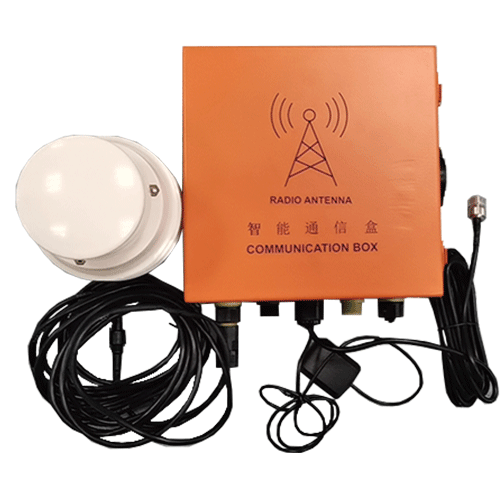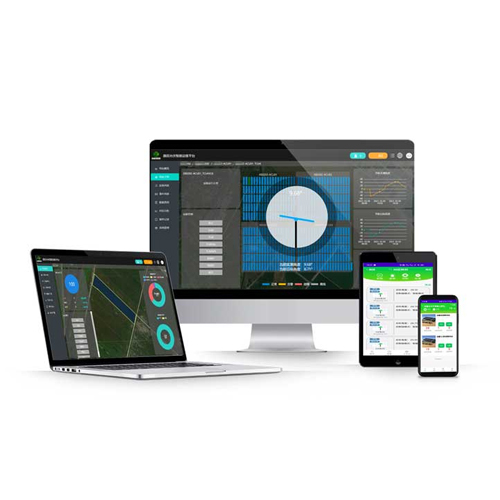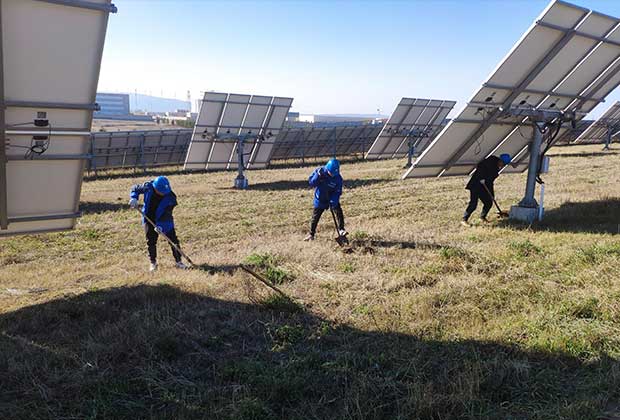Product features of PV tracking system
Advantages of PV tracking system
The automatic tracking system for solar photovoltaic array increases the amount of solar radiation received by the photovoltaic array and improves the overall power generation of the solar photovoltaic system by tracking the movement of the sun in real time and guiding the direct sunlight to the photovoltaic array.
Classification of PV tracking system
There are four types of automatic solar PV tracking systems widely used in the industry, including horizontal single-axis tracking, dual-column oblique single-axis tracking, vertical single-axis tracking, and dual-axis tracking. Horizontal single-axis tracking and oblique single-axis tracking and vertical single-axis tracking have only one rotational degree of freedom, while dual-axis tracking has two degrees of rotational freedom.
Three kinds of PV tracking systems use active tracking control strategy, calculate the position of the sun in the sky, and control the orientation of the photovoltaic array.
This active photovoltaic automatic tracking system is suitable for environments with heavy frost, sand and dust, and can work reliably in unmanned photovoltaic power stations.
In terms of continuous tracking, the developed photovoltaic automatic tracking system uses a stepping tracking method, which greatly reduces the energy consumption of the tracking system compared to continuous tracking method.
The role and significance of reverse tracking in PV tracking system
As the PV tracking system tracks the incident angle of solar light, maximizing the radiation received by the photovoltaic components. Usually, the photovoltaic array is arranged closely, and in order to maximize the revenue of the photovoltaic power station, the spacing between the arrays will not be large. Therefore, if the photovoltaic tracking process is only mechanically adjusted forward, the rear arrays will inevitably be blocked by the front arrays during the photovoltaic tracking process. In order to eliminate this obstruction, it is necessary to perform anti-obstruction processing on the PV tracking system, so that there is no mutual obstruction between the photovoltaic arrays.
It is precisely because of this positive and negative adjustment mode that the PV tracking system can not only ensure that there is no obstruction between the arrays, but also maximize the radiation received by the photovoltaic power station, thereby improving the revenue of the tracking photovoltaic power station.
In summary, the role of reverse tracking in PV tracking system is to provide negative feedback to the PV tracking system, so that the PV tracking system can perform both positive and negative adjustments and improve the efficiency of the PV tracking system.
Hangzhou Lingyang Technologies is a high-tech intelligent technology enterprise specialized in the research and development, production, sales and service of new energy photovoltaic tracking electrical control system and artificial intelligence algorithm system. Please feel free to contact us for more information.
 English
English  中文
中文



